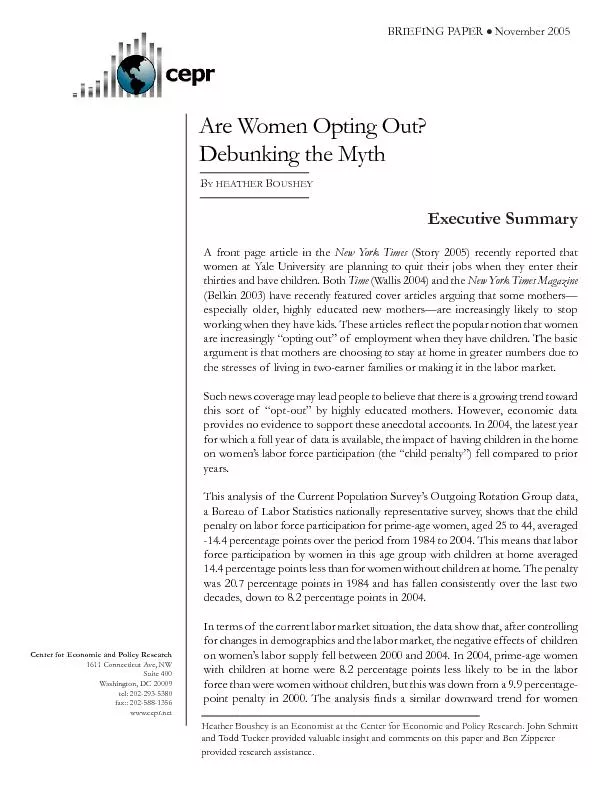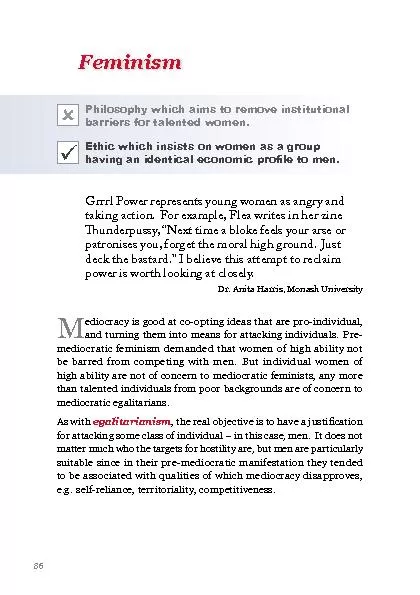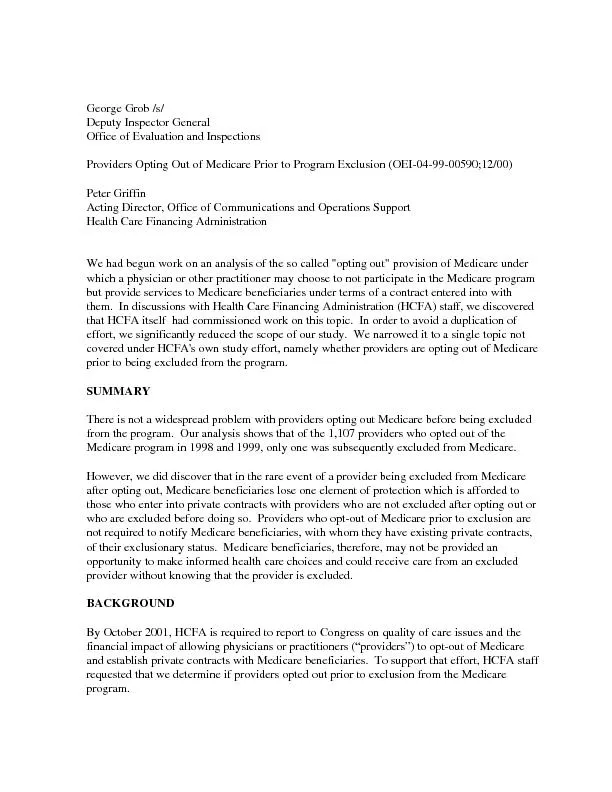PDF-Women Opting Out? Debunking the MythPage 2with small children, across
Author : alexa-scheidler | Published Date : 2016-03-11
The CEPR ORG Extracts are publicly available and fully documented at www These Extracts are from the Bureau of Labor Statistics Current Population Survey Women Opting
Presentation Embed Code
Download Presentation
Download Presentation The PPT/PDF document "Women Opting Out? Debunking the MythPage..." is the property of its rightful owner. Permission is granted to download and print the materials on this website for personal, non-commercial use only, and to display it on your personal computer provided you do not modify the materials and that you retain all copyright notices contained in the materials. By downloading content from our website, you accept the terms of this agreement.
Women Opting Out? Debunking the MythPage 2with small children, across: Transcript
Download Rules Of Document
"Women Opting Out? Debunking the MythPage 2with small children, across"The content belongs to its owner. You may download and print it for personal use, without modification, and keep all copyright notices. By downloading, you agree to these terms.
Related Documents














